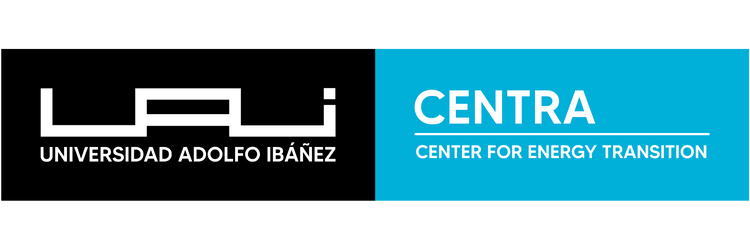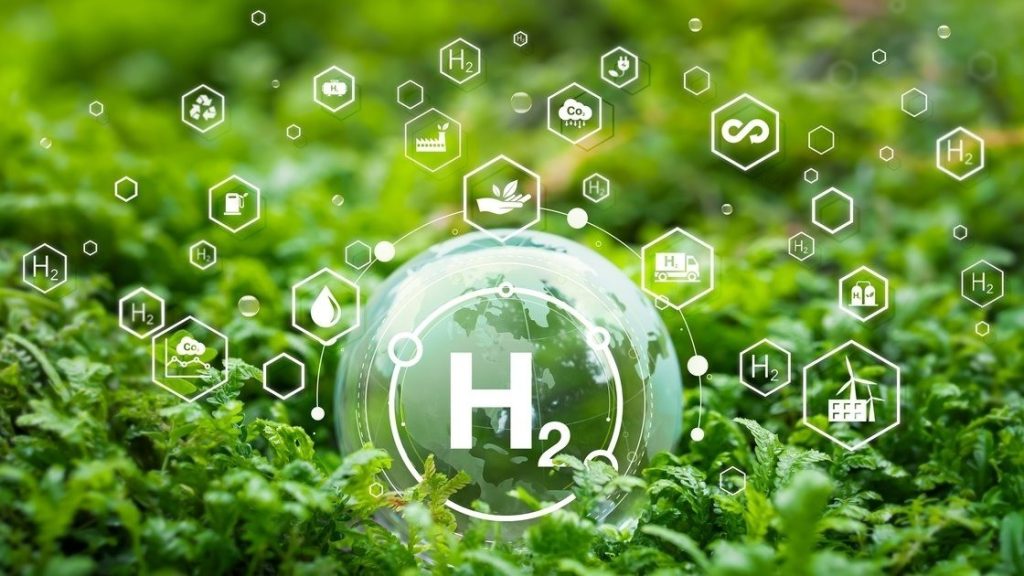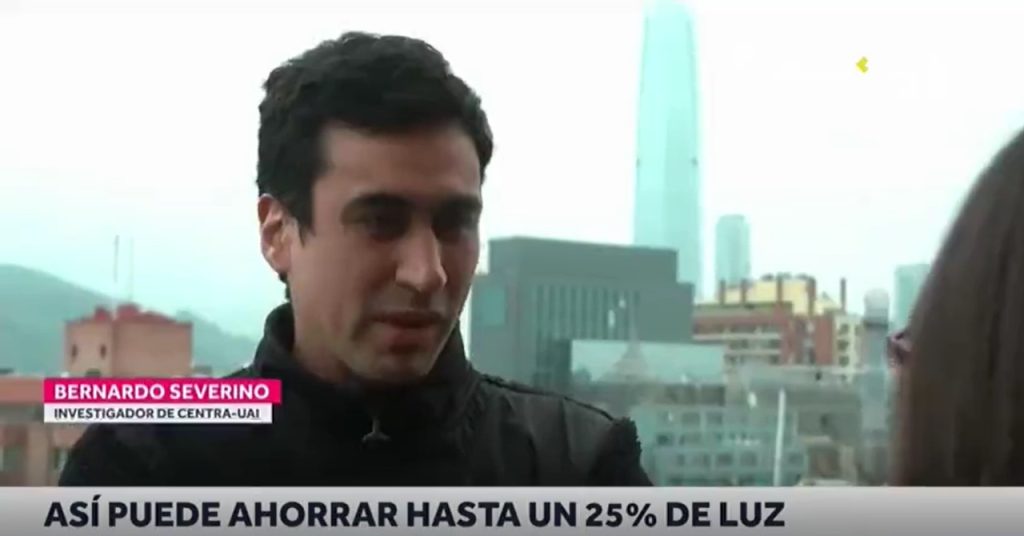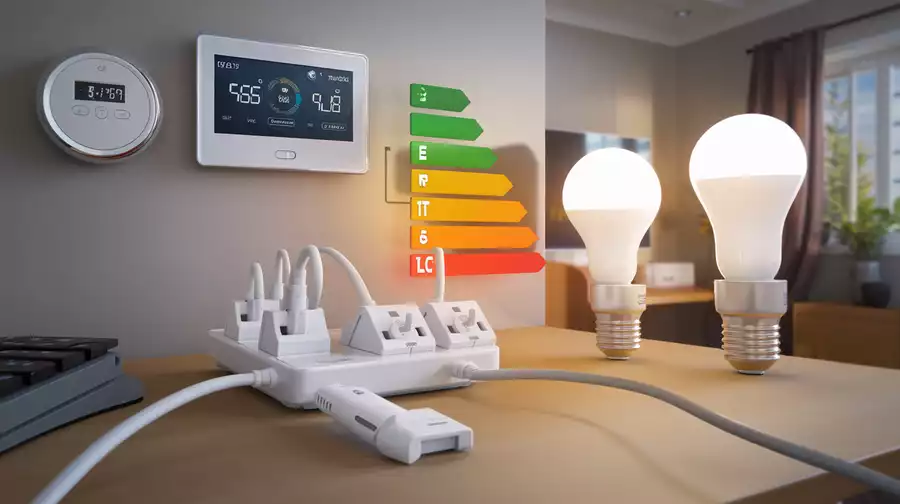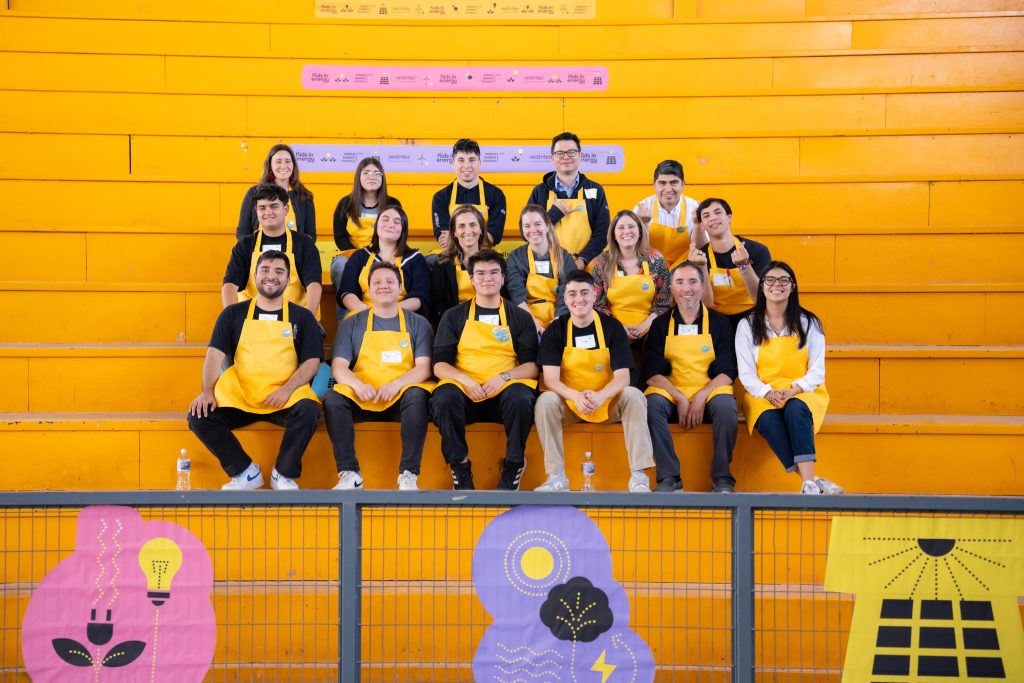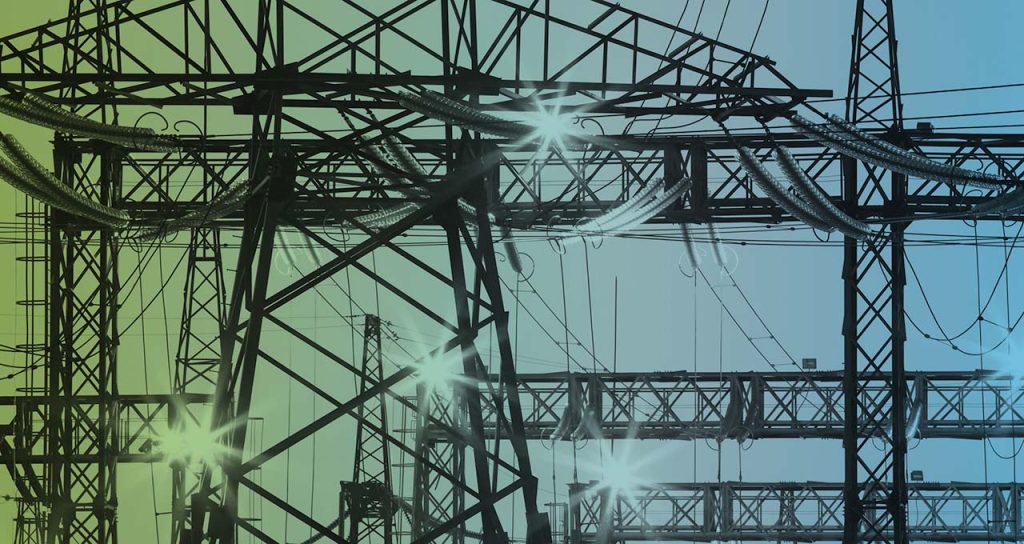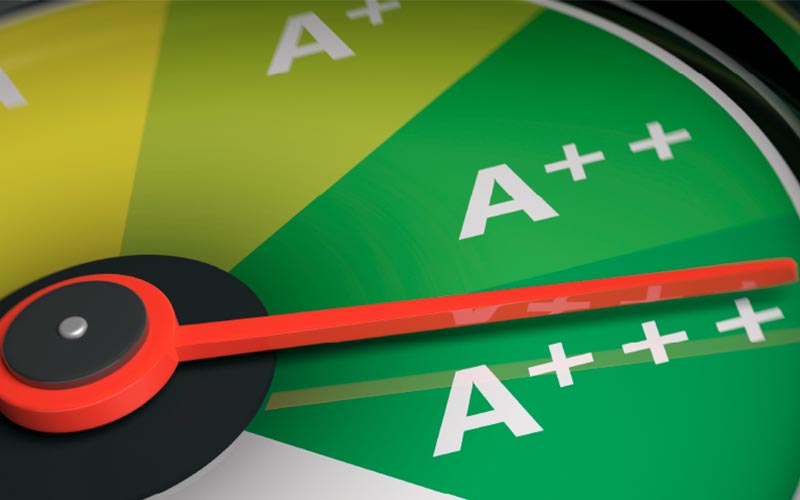Government proposes advance payment for green hydrogen projects, raising concerns in the industry
The government proposes that green hydrogen projects in Chile pay 1% of their investment in advance after obtaining the RCA. Experts and unions warn that this measure could affect their financial viability and discourage multi-million-dollar investments. The government has submitted a bill to the Chamber of Deputies seeking to modify the application of the regional contribution for green hydrogen projects. The initiative establishes that companies must make a lump sum…
This way you can save up to 25% on electricity.
See interview with Bernardo Severino, CENTRA researcher
The keys to reducing electricity consumption and saving on your electricity bill
Many have been surprised in recent months by high electricity bills , reflecting the rise in prices for this service following the 2019 rate freeze that remained in place until last year. This is why it’s crucial not to waste this resource and to learn habits that can reduce electricity consumption and, consequently, your monthly bill. For this, the head of the center at the Energy Transition…
Kids in Energy – Redinter in conjunction with CENTRA UAI
August 27, 2025 Today we experienced a transformative experience at the Paula Jaraquemada School in Iquique, where the first of three Kids in Energy bootcamps, a WEC Chile program, was held in the Tarapacá Region. Children participated in dynamic and immersive classes that brought science and energy into their everyday lives. Thanks to professors Danilo Jara and Felipe Larraín from the Adolfo Ibáñez University and…
CONFLICT BETWEEN INSTITUTIONS IN THE ELECTRICAL SECTOR
August 11, 2025 Mr. Director: I view with great concern the growing conflict between institutions in the electricity sector and the lack of leadership to adequately resolve it. This increases investment risk and hinders the safe and efficient operation of the system, increasing energy costs and affecting the speed of the transition to carbon neutrality. In 2017, the National Electricity Coordinator (CEN) was created. This…
ENERGY DECARBONIZATION AND RESILIENCE: THE CHALLENGES OF ELECTRICAL SYSTEM SECURITY
August 11,2025 Chile seems to be advancing with determination along the path of the energy transition, with the firm intention of transforming its electricity matrix into one that is 100% renewable. The generation figures to date confirm that this path is being followed. According to statistics from Generadoras de Chile, the evolution of renewable energies since 2013 has been constant, and their share in…
ISO 50001’S BOOST TO BUSINESS COMPETITIVENESS
August 8, 2025 Energy efficiency is a key goal for companies in a context of growing sustainability demands. In this sense, the ISO 50001 standard is setting a baseline for meeting national and international environmental standards, accessing new business, and strengthening investor and customer confidence—a key asset for companies seeking to grow smartly and sustainably. Rodrigo Barraza, director of the Center for Energy Transition (Centra)…
